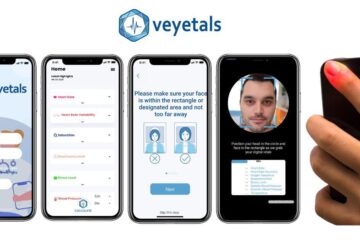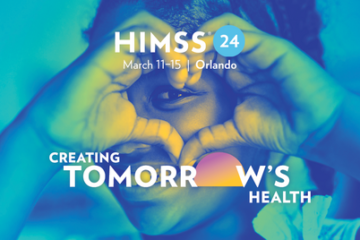Image Credit: Canva
As the world continues to advance and technology continues to evolve, there is no doubt that remote photoplethysmography (rPPG) is the future of healthcare. With its non-invasive nature and ability to provide vital signs remotely, rPPG has the potential to revolutionize the way healthcare is delivered, especially in remote and underdeveloped areas.
In this article, we will explore the history of photoplethysmography, how rPPG works, its current applications, and its potential future applications.
What is Photoplethysmography?
Photoplethysmography (PPG) is a non-invasive method used to detect blood volume changes in tissues. It is commonly used to measure heart rate, oxygen saturation, and other vital signs. The method works by shining a light into the tissue and measuring the light that is absorbed and reflected by the blood vessels. This allows for the detection of changes in blood volume, which can then be used to determine heart rate and other vital signs.
The History of Photoplethysmography
The use of photoplethysmography dates back to the 1930s when it was first used to measure blood volume changes in the finger. Over the years, the method has been refined, and new applications have been discovered. Today, PPG is commonly used in hospitals and clinics to monitor patients’ vital signs during surgery and other medical procedures.
How Does Remote Photoplethysmography Work?
Remote photoplethysmography (rPPG) is a variation of PPG that allows for the detection of vital signs from a distance. The method works by using a camera to capture the reflection of light from the skin. The camera then analyzes the color changes in the reflected light, which are caused by changes in blood volume. This information is then used to determine heart rate, oxygen saturation, and other vital signs.
Current Applications of Remote Photoplethysmography
Currently, rPPG is being used in various industries, including healthcare, fitness, and entertainment. In healthcare, rPPG is being used to monitor patients’ vital signs remotely, which is particularly useful for patients in remote areas or those who are unable to travel to a hospital. In fitness, rPPG is being used to monitor athletes’ vital signs during training and competitions. In entertainment, rPPG is being used to provide real-time emotional feedback during movies and other forms of media.
The Future of Remote Photoplethysmography
The potential applications of rPPG are vast and exciting. Here are some of the potential future applications of rPPG:
Telemedicine
Telemedicine is the use of technology to provide remote medical care. With rPPG, doctors and other medical professionals can monitor patients’ vital signs remotely, allowing them to provide medical care to patients who are unable to travel to a hospital.
Mental Health
RPPG can be used to monitor vital signs during therapy sessions, allowing therapists to track their patients’ emotional states and progress.
Automotive
RPPG can be used in cars to monitor drivers’ vital signs, such as heart rate and stress levels. This information can be used to improve safety and prevent accidents.
Gaming
RPPG can be used in gaming to provide real-time emotional feedback, allowing game developers to create more immersive and engaging games.
Conclusion
In conclusion, remote photoplethysmography is the future of healthcare and has the potential to revolutionize the way healthcare is delivered. Its non-invasive nature and ability to provide vital signs remotely make it particularly useful for patients in remote and underdeveloped areas. As technology continues to evolve, we can expect to see more applications of rPPG in various industries, including healthcare, fitness, automotive, and gaming. With its ability to provide vital signs remotely and non-invasively, rPPG is poised to become an essential tool for healthcare professionals and consumers alike. As technology continues to advance, we can expect to see even more exciting applications of rPPG in the future.
Introducing Veyetals, the cutting-edge contactless vitals monitoring app that is revolutionizing healthcare management. Our cloud-based API is lightweight and seamlessly integrates with the healthcare apps and platforms that matter to you most. With Veyetals, you can measure patient vitals in real-time, enhancing the continuum of patient care and improving health outcomes.
But Veyetals doesn’t stop there. Our app is interoperable with other health management solutions, ensuring information sharing between different systems and providing a holistic view of patient health. Plus, our easy-to-use interface makes it simple for healthcare providers to stay on top of vital signs and respond quickly to changes in patient health.
Ready to join the future of healthcare management? Contact us HERE to learn more about Veyetals. And don’t forget to follow us on LinkedIn for the latest updates and insights.



